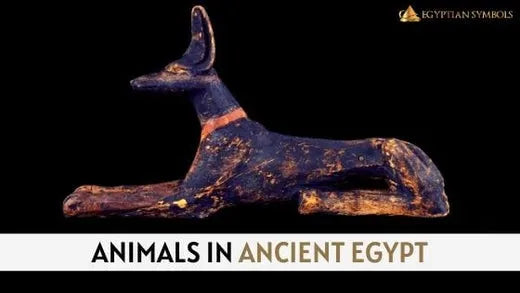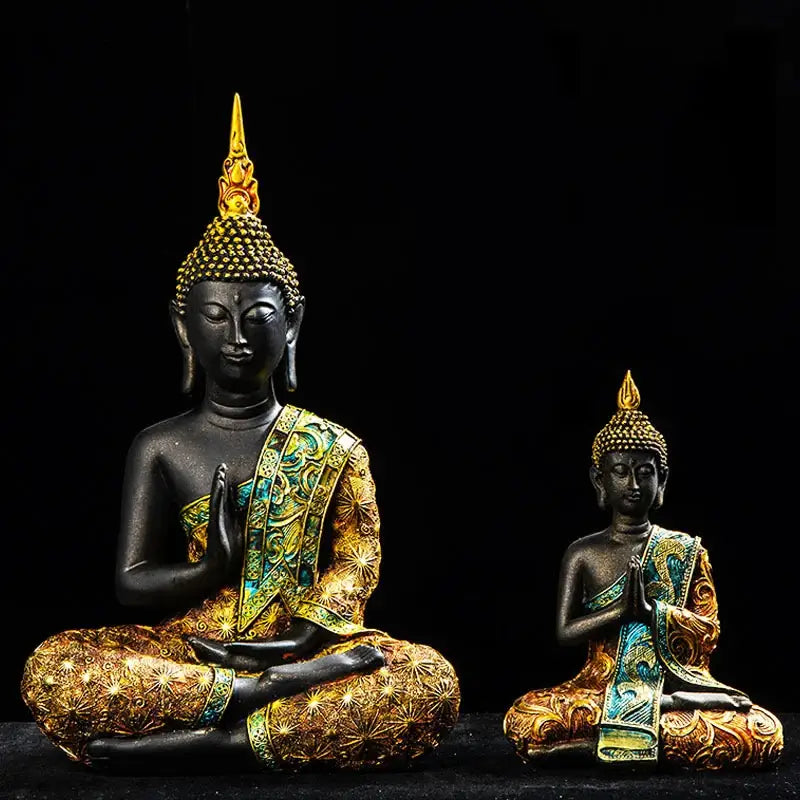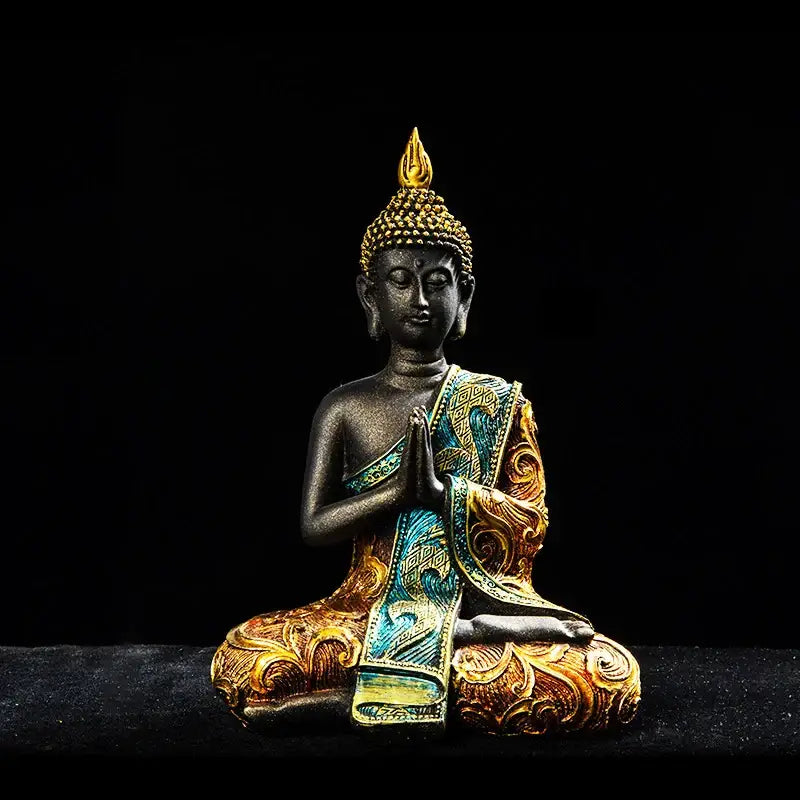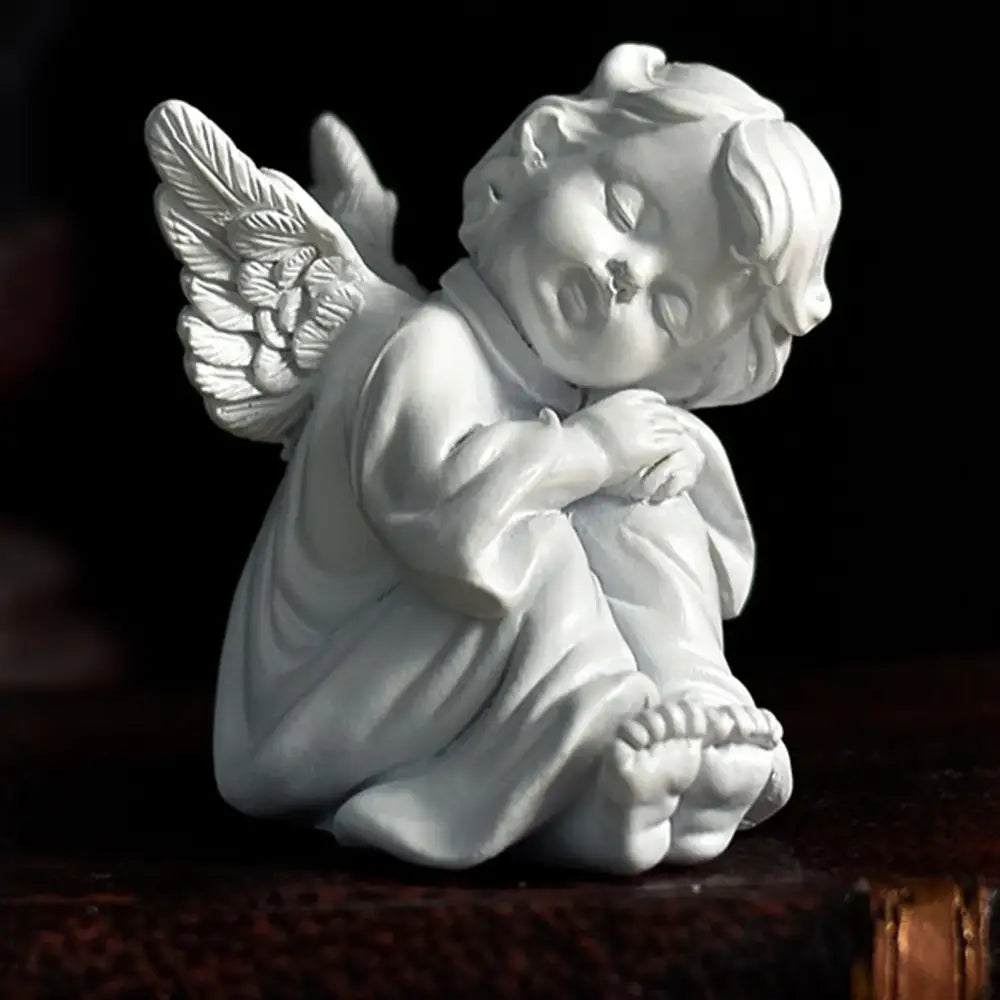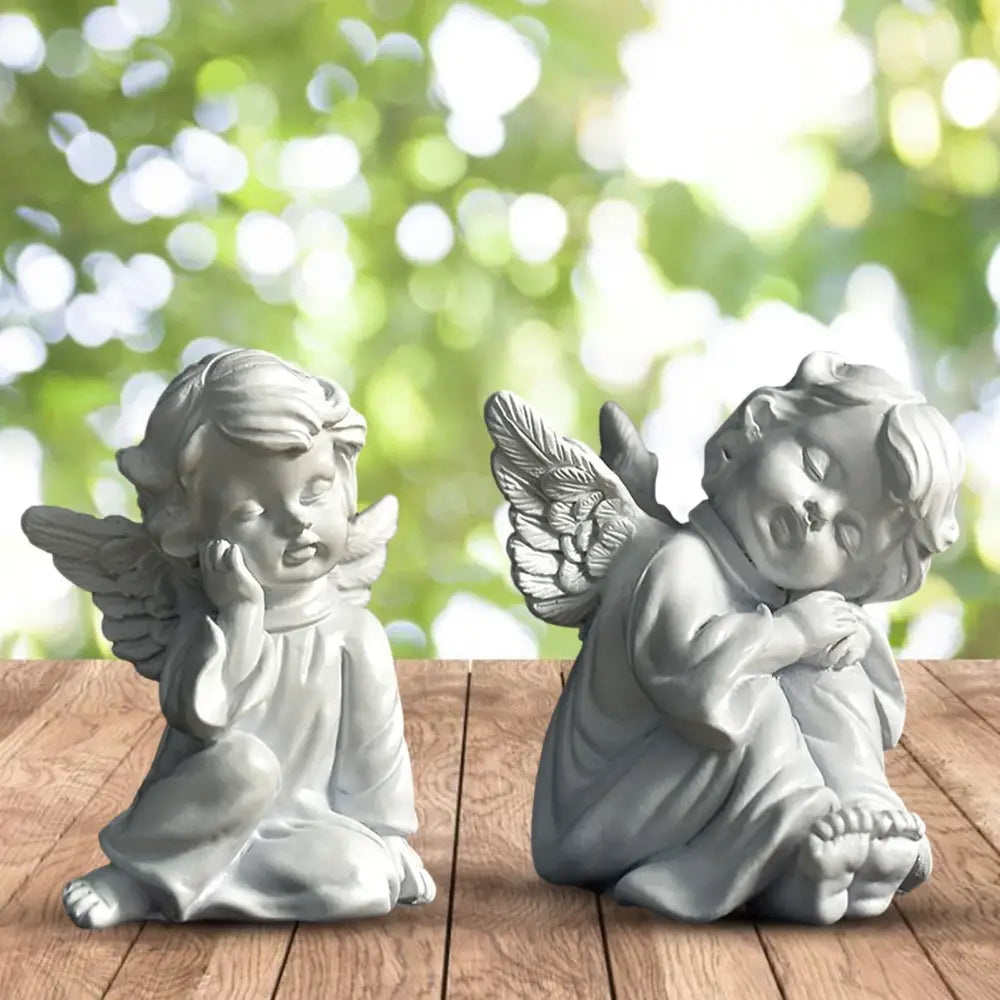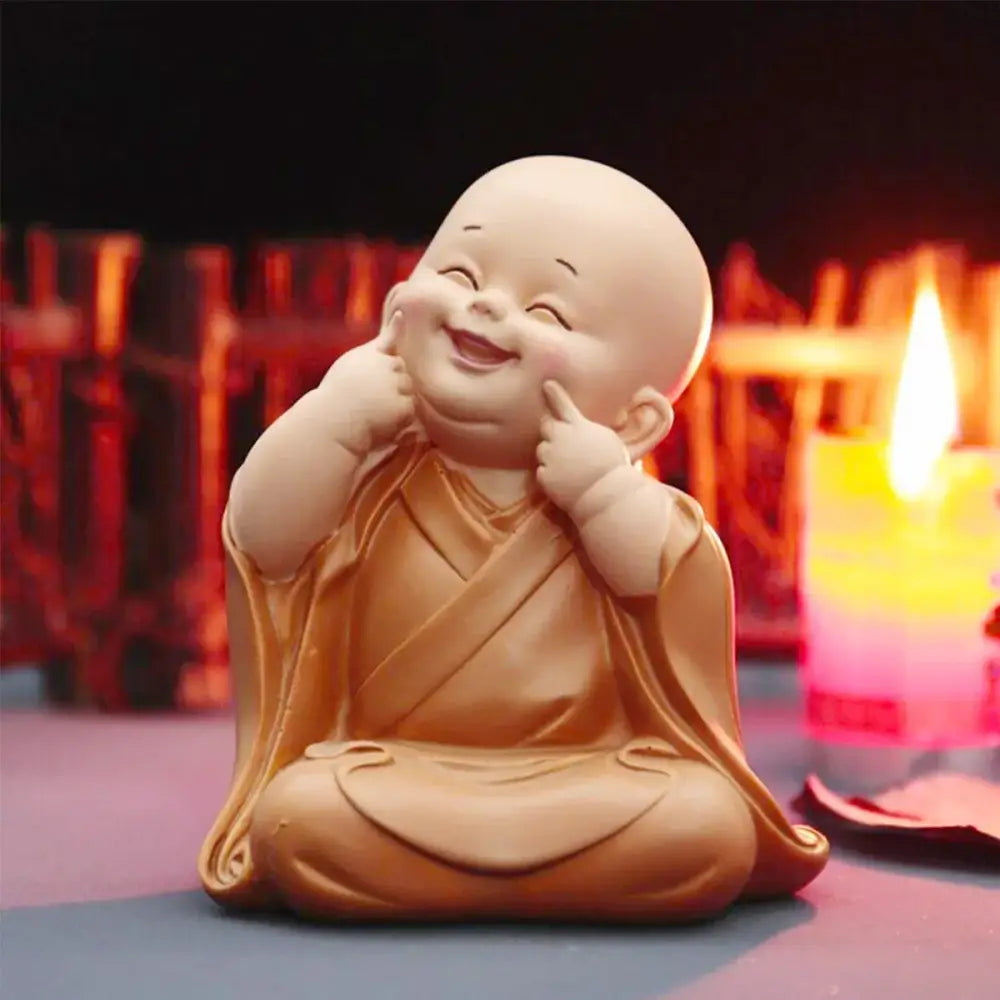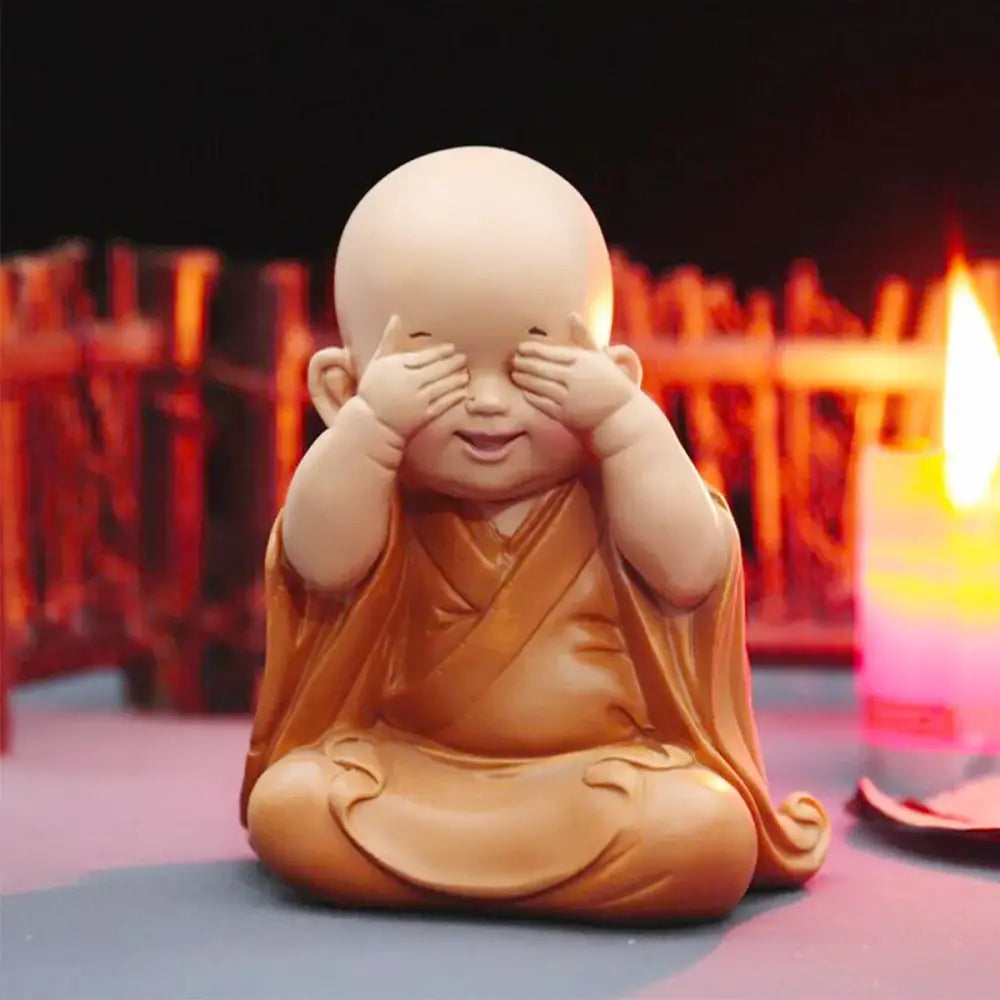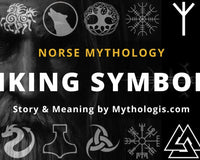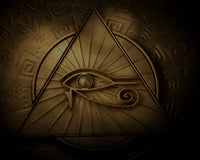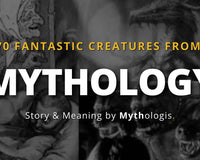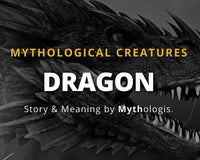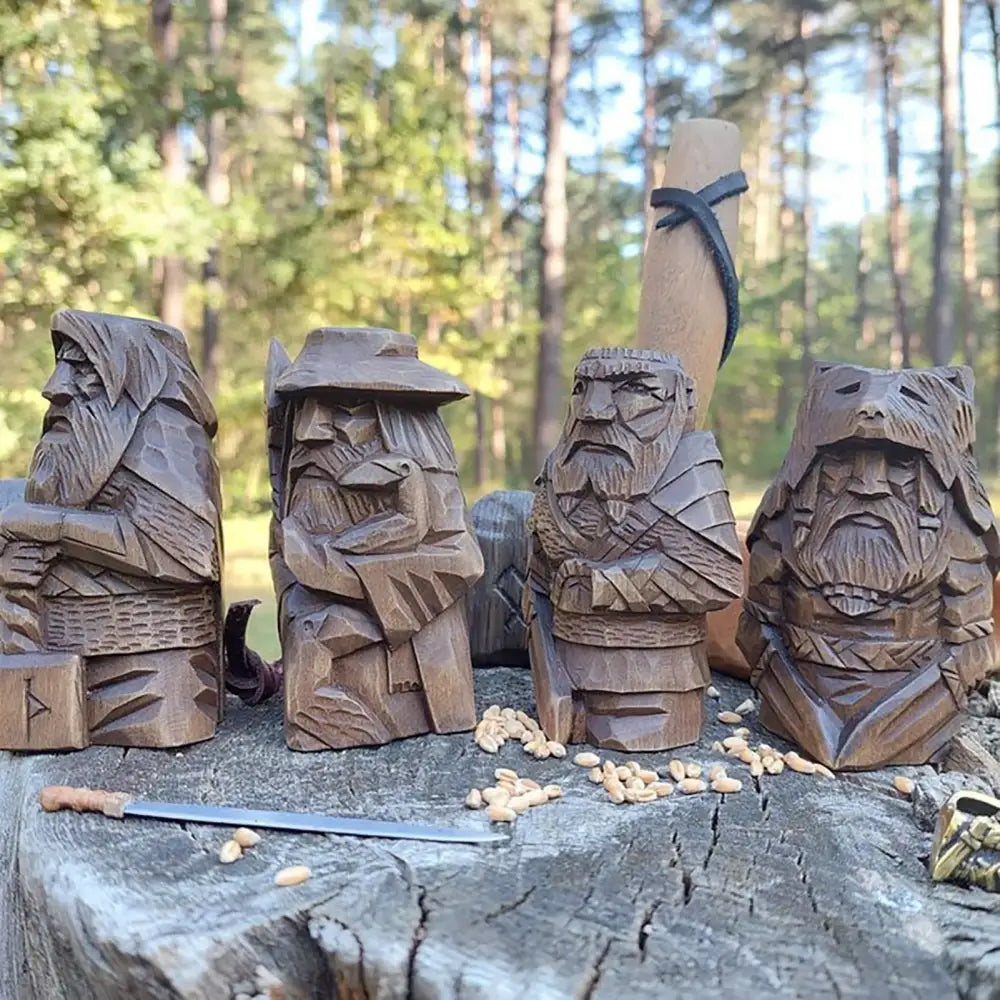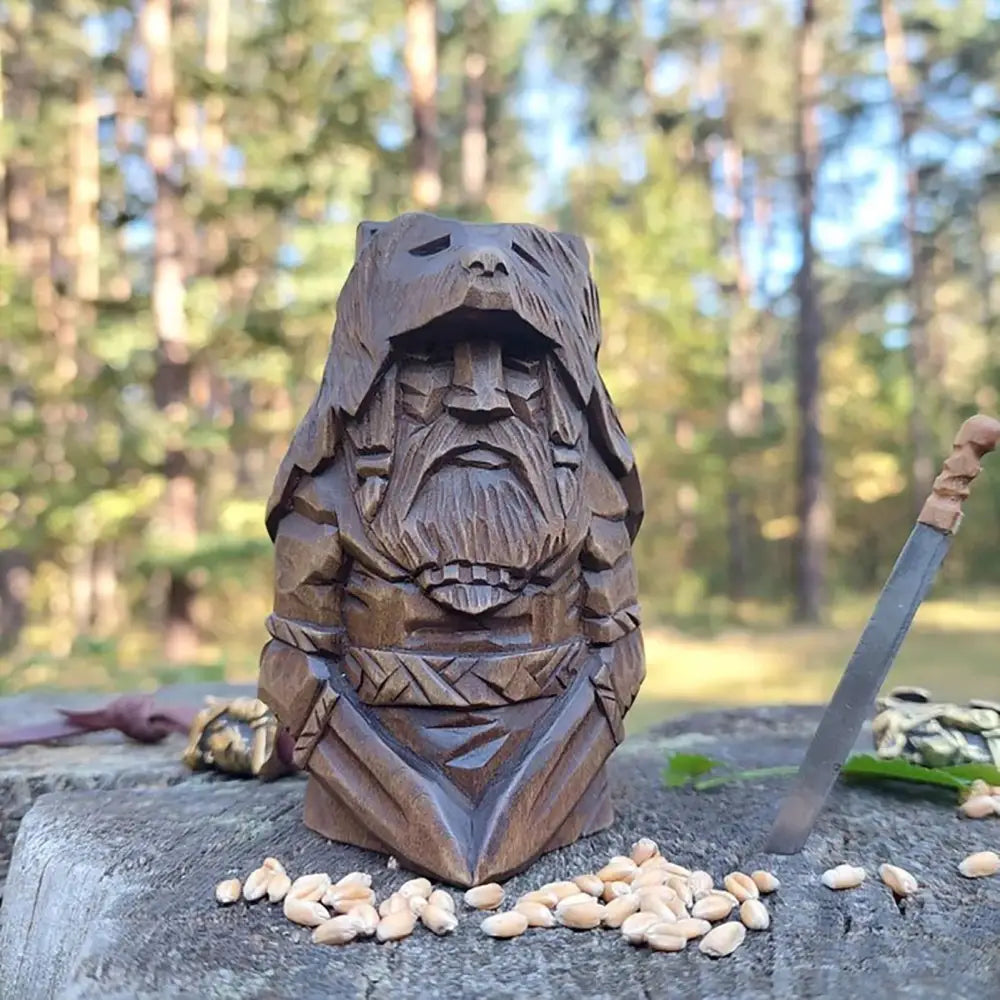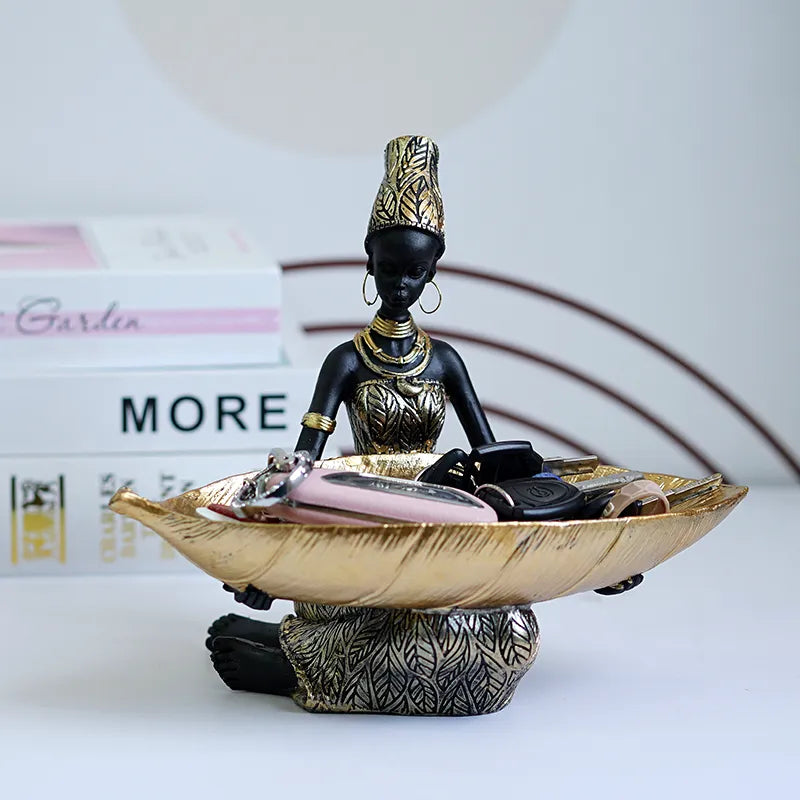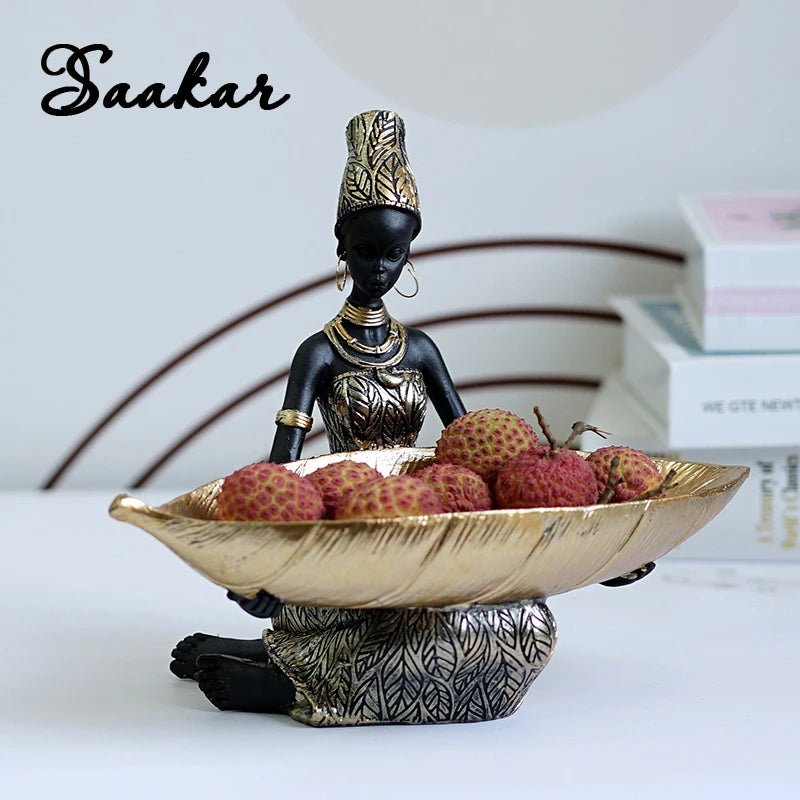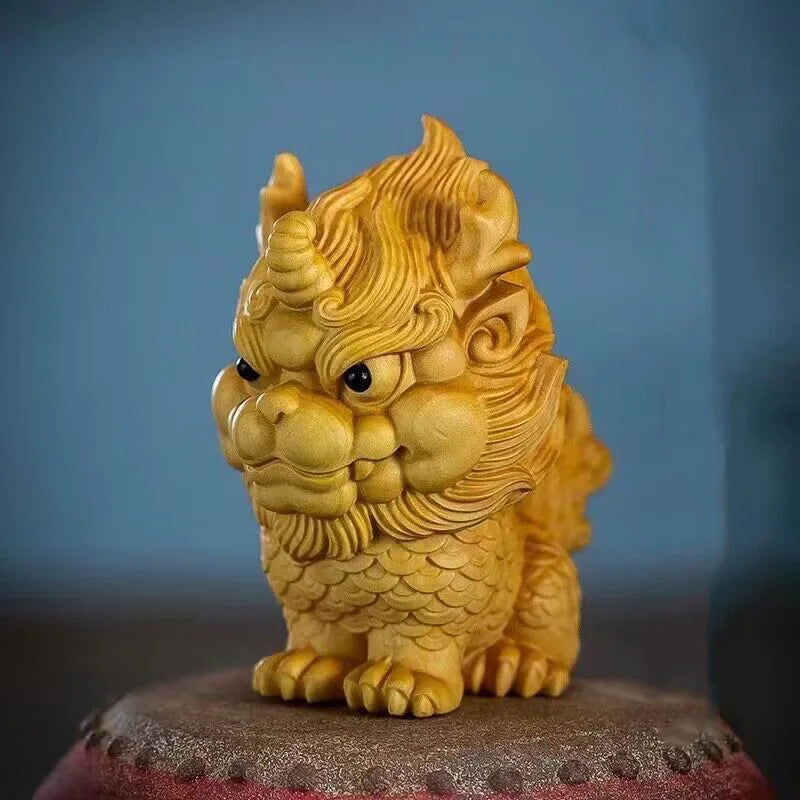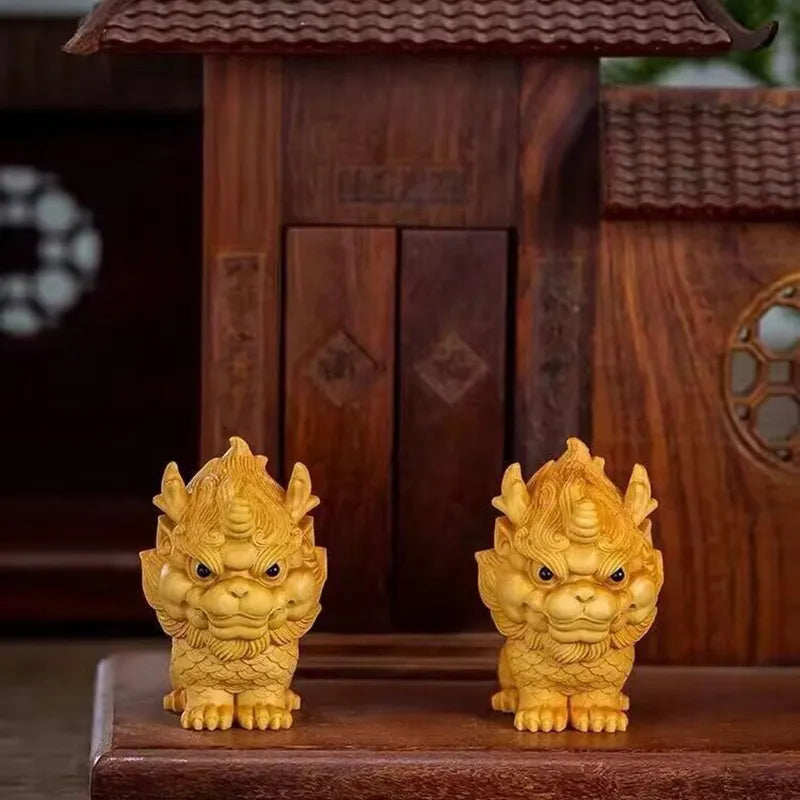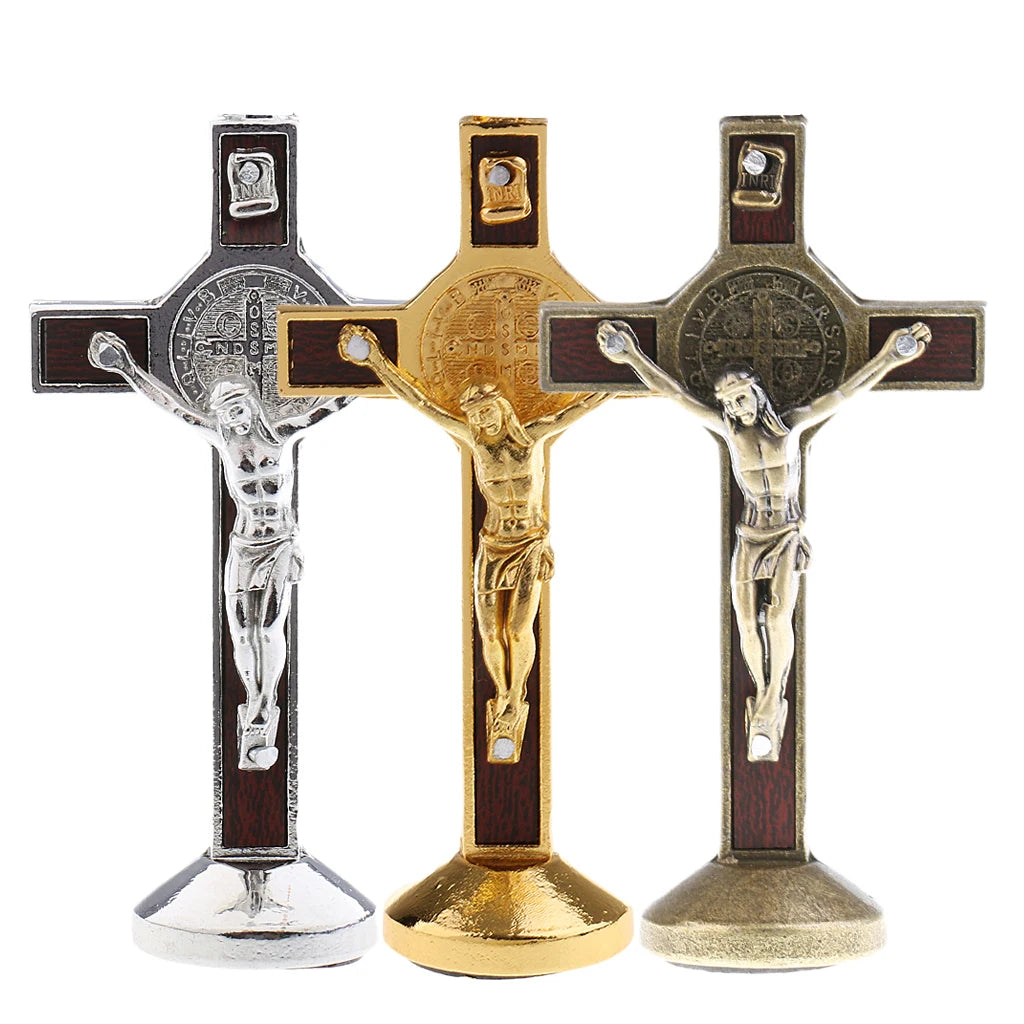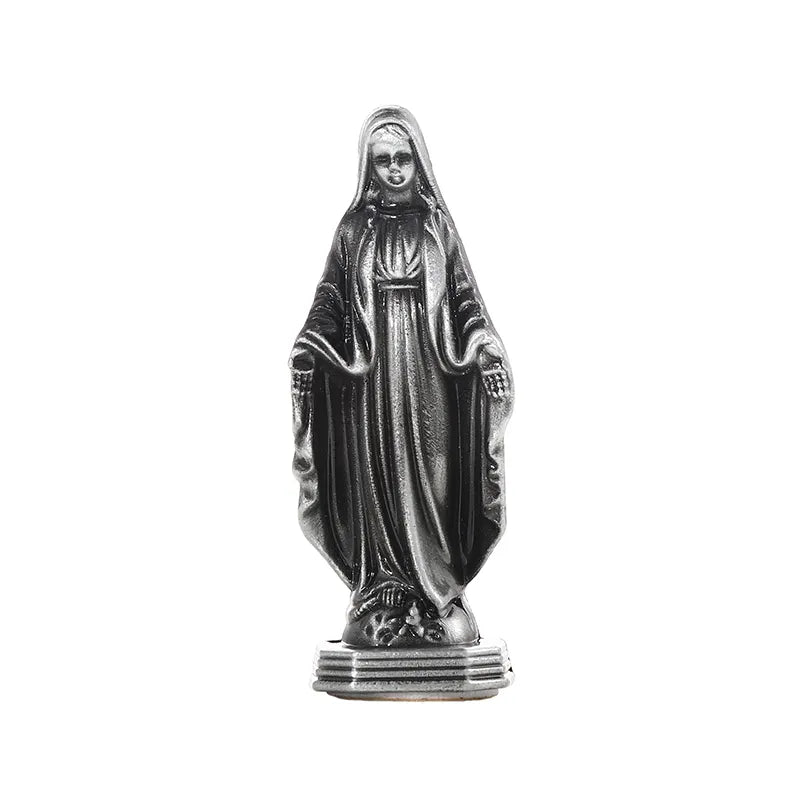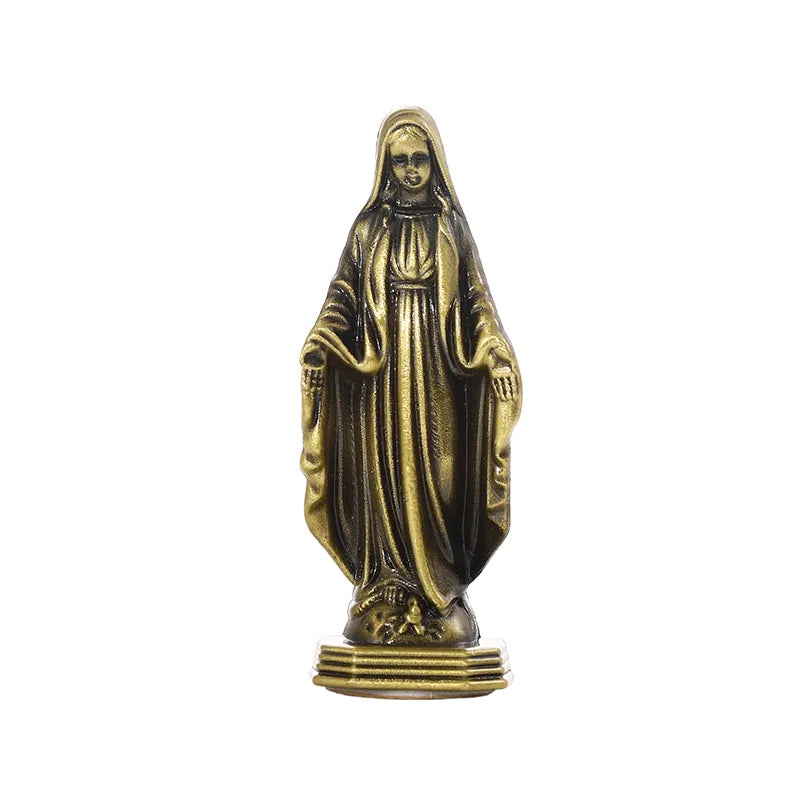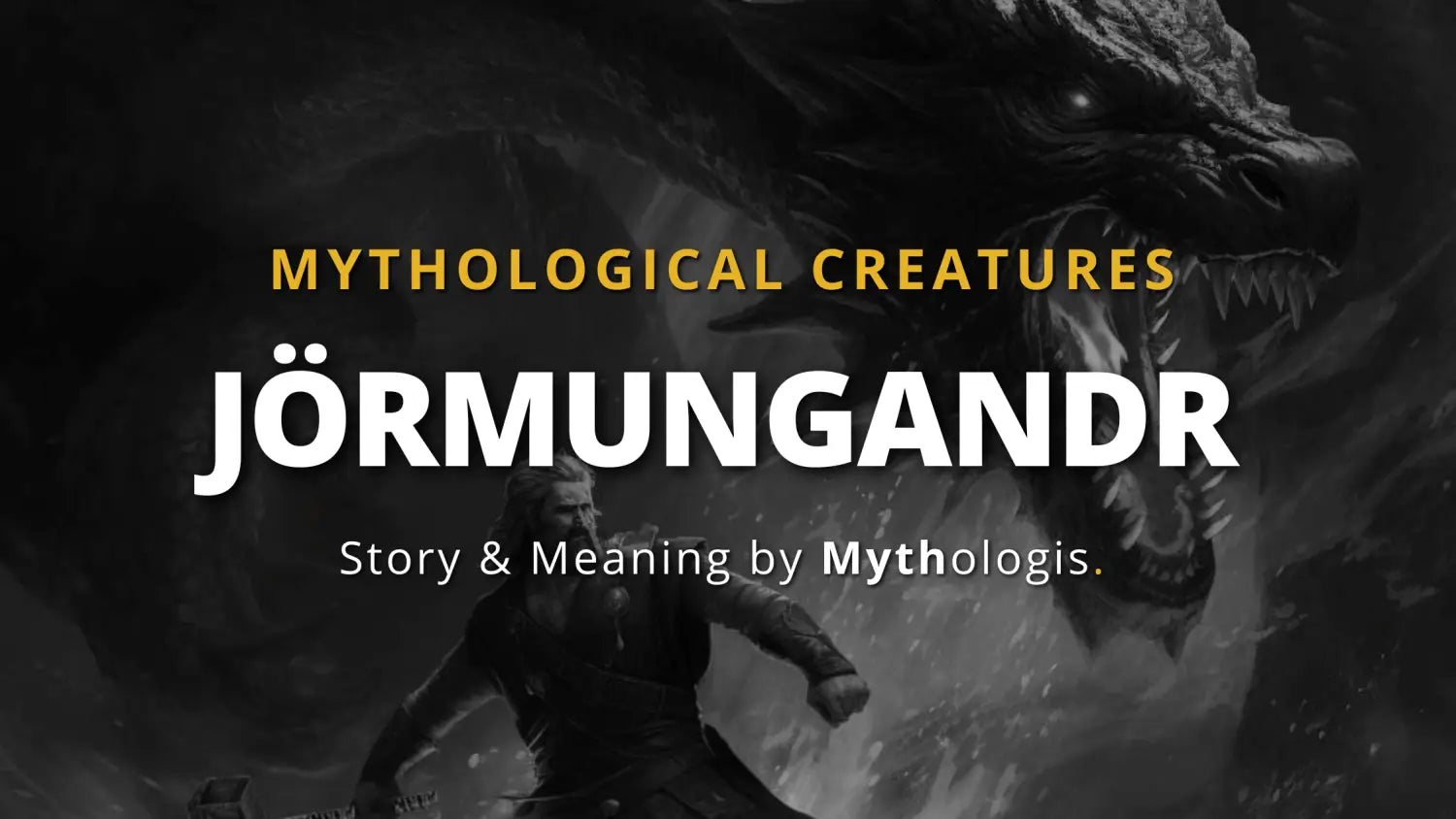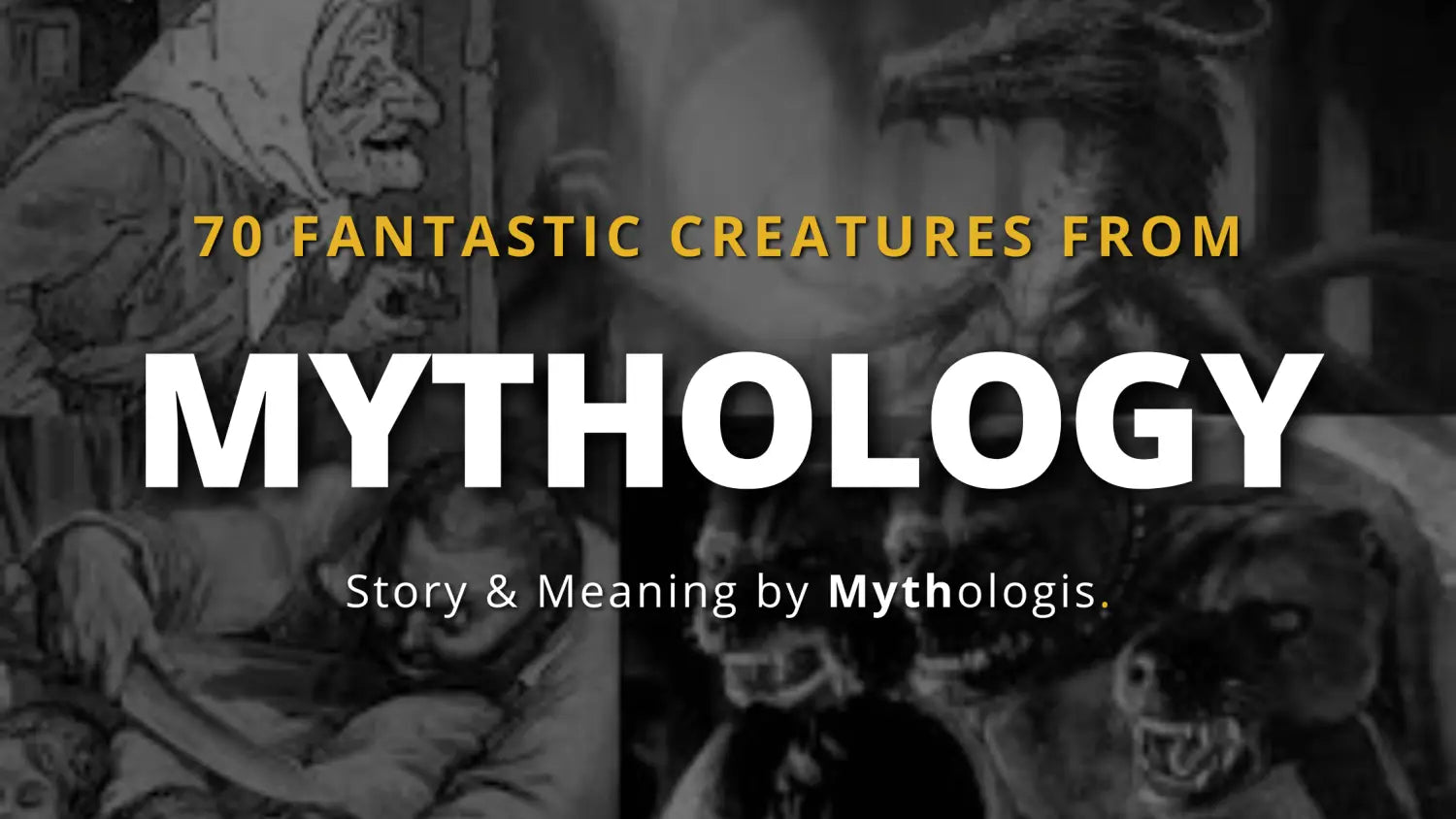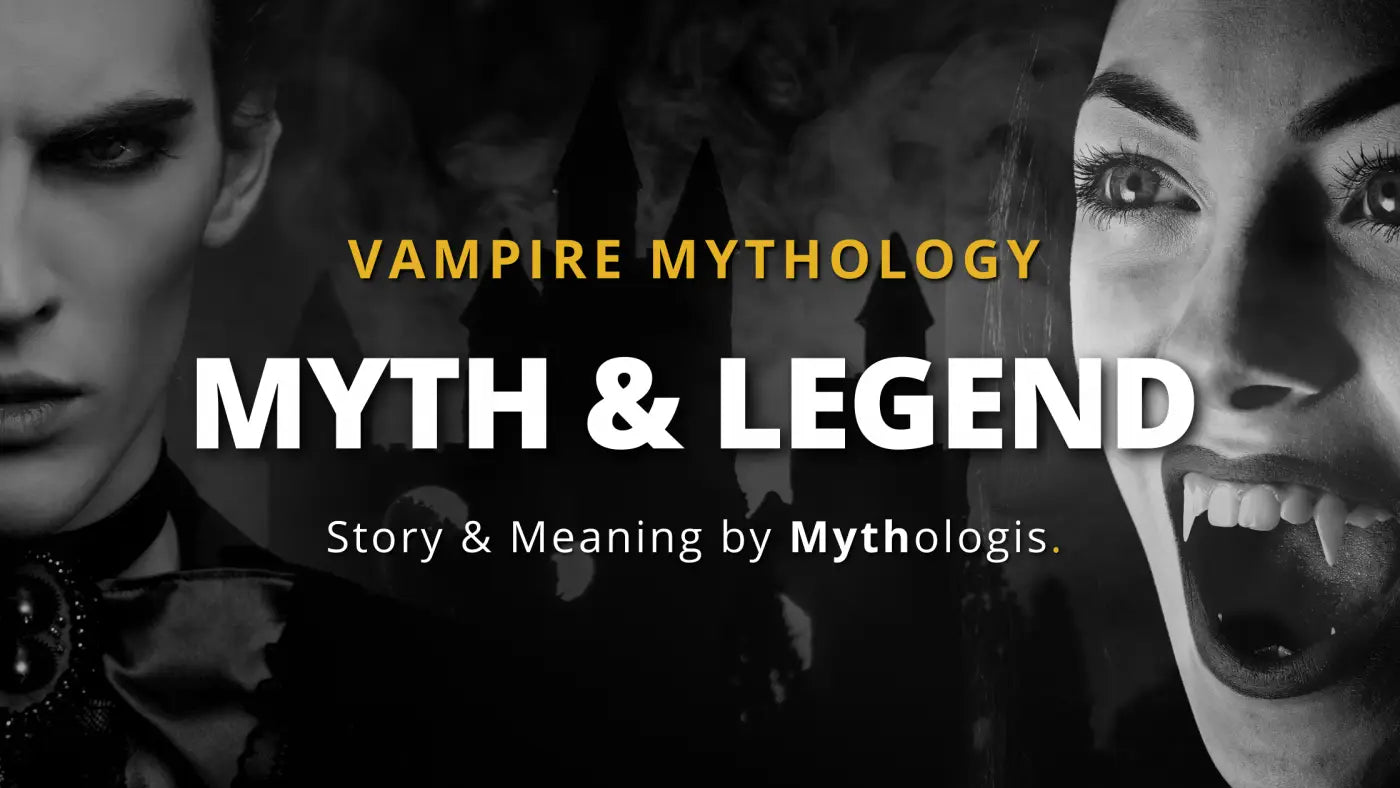Explore the world of sacred animals in Ancient Egypt, a civilization that placed great importance on the spiritual and symbolic power of animals. From the revered cat to the mighty cobra, discover the animals that were worshipped as deities and played a central role in the religion and culture of Ancient Egypt.
What animals were sacred in ancient Egypt?
Many animals were revered as sacred in Ancient Egypt, and they played an important role in the religion and culture of the civilization. Some of the most well-known sacred animals in Ancient Egypt include:
Cat: The cat was revered as a sacred animal in Ancient Egypt and was associated with the goddess Bastet. Cats were believed to have special powers, including the ability to protect against evil spirits.
Cobra: The cobra was a symbol of royalty and was often depicted on the headdresses of Pharaohs. The cobra, specifically the species Naja haje, was associated with the goddess Wadjet and was believed to have the power to protect the Pharaoh and the kingdom.
Crocodile: The crocodile was a symbol of strength and power, and was associated with the god Sobek. Crocodiles were revered as sacred animals and were believed to have the ability to protect against danger.
Falcon: The falcon was a sacred animal in Ancient Egypt and was associated with the god Horus. Falcons were believed to have special powers, including the ability to see into the future.
Ibis: The ibis was a sacred bird in Ancient Egypt and was associated with the god Thoth. Ibises were believed to have the ability to communicate with the gods and were often depicted in hieroglyphics.
Jackal: The jackal was a sacred animal in Ancient Egypt and was associated with the god Anubis. Jackals were believed to have the ability to guide the souls of the dead to the afterlife.
What was the most important animal in ancient Egypt?
It is difficult to determine which animal was the most important in Ancient Egypt, as different animals held different levels of significance depending on the context. Some animals were revered as sacred and were associated with specific gods and goddesses, while others played important roles in daily life and were integral to the economy and society.
However, the cat is often considered to be one of the most important animals in Ancient Egypt. Cats were revered as sacred animals and were associated with the goddess Bastet. They were believed to have special powers, including the ability to protect against evil spirits, and were often depicted in art and literature. Cats were also kept as pets and were valued for their ability to control pests, such as mice and rats.
Other important animals in Ancient Egypt included the cobra, which was a symbol of royalty and was often depicted on the headdresses of Pharaohs; the crocodile, which was a symbol of strength and power and was associated with the god Sobek; and the falcon, which was associated with the god Horus and was believed to have special powers, including the ability to see into the future.
Ancient Egypt animal gods
In Ancient Egypt, many animals were revered as sacred and were associated with specific gods and goddesses. Some examples of animal gods in Ancient Egypt include:
- Bastet: Bastet was the goddess of cats, and she was depicted as a cat-headed woman or a woman with the head of a lioness. Cats were revered as sacred animals in Ancient Egypt, and they were believed to have special powers, including the ability to protect against evil spirits.
- Sobek: Sobek was the god of the Nile and fertility, and he was depicted as a crocodile-headed man or as a crocodile. The crocodile was a sacred animal in Ancient Egypt, and it was believed to have the ability to protect against danger.
- Thoth: Thoth was the god of wisdom, and he was often depicted as an ibis or a baboon. The ibis and the baboon were sacred animals in Ancient Egypt, and they were believed to have the ability to communicate with the gods.
- Anubis: Anubis was the god of the dead and funerary rites, and he was depicted as a jackal-headed man. The jackal was a sacred animal in Ancient Egypt, and it was believed to have the ability to guide the souls of the dead to the afterlife.
What was Ra’s sacred animal?
Ra was the ancient Egyptian sun god, and he was associated with a number of sacred animals, including the falcon, the hawk, and the phoenix.
The falcon was a particularly important sacred animal for Ra, and it was often depicted in art and literature as being associated with the sun god. The falcon was believed to have the ability to fly close to the sun, and it was seen as a symbol of Ra’s power and majesty.
The hawk was also associated with Ra, and it was believed to be a messenger of the sun god. The hawk was often depicted with the sun disk on its head, symbolizing its connection to Ra.
The phoenix was another sacred animal associated with Ra, and it was believed to be a symbol of resurrection and renewal. The phoenix was associated with the sun and was believed to be reborn from its own ashes, making it a powerful symbol of the cyclical nature of time and the eternal nature of the sun.
What is Horus’s sacred animal?
Horus was the ancient Egyptian sky god, and he was associated with a number of sacred animals, including the falcon and the hawk.
The falcon was a particularly important sacred animal for Horus, and it was often depicted in art and literature as being associated with the sky god. The falcon was believed to have the ability to fly close to the sun, and it was seen as a symbol of Horus’s power and majesty.
The hawk was also associated with Horus, and it was believed to be a messenger of the sky god. The hawk was often depicted with the sun disk on its head, symbolizing its connection to Horus.
Horus was also associated with the eye of the falcon, which was a symbol of protection and royal power. The eye of the falcon was believed to have the ability to see into the future, and it was often depicted as a protective amulet.
Animals associated with osiris
Osiris was the ancient Egyptian god of the afterlife, and he was associated with a number of sacred animals, including the crocodile, the bull, and the jackal.
The crocodile was a sacred animal associated with Osiris, and it was believed to have the ability to protect against danger. The crocodile was also associated with the god Sobek, who was sometimes depicted as a crocodile-headed god.
The bull was another sacred animal associated with Osiris, and it was believed to have the power to protect against evil. The bull was also associated with the god Apis, who was depicted as a bull with a solar disk between his horns.
The jackal was another sacred animal associated with Osiris, and it was associated with the god Anubis, who was depicted as a jackal-headed god. The jackal was believed to have the ability to guide the souls of the dead to the afterlife, and it was often depicted in funerary art.
Dangerous Animals in Ancient Egypt
There were a number of dangerous animals that were present in Ancient Egypt, and the ancient Egyptians had to take precautions to protect themselves from these dangers. Some of the dangerous animals that were present in Ancient Egypt included:
Lions: Lions were a major threat to humans in Ancient Egypt, and they were known to attack and kill people. The ancient Egyptians took measures to protect themselves from lions, such as building walls around their settlements and using hunting dogs to track and kill the lions.
Crocodiles: Crocodiles were a common and dangerous predator in Ancient Egypt, and they were known to attack and kill people who ventured too close to the water. The ancient Egyptians took precautions to avoid crocodile attacks, such as avoiding swimming or bathing in areas where crocodiles were known to be present.
Asps: Asps, or venomous snakes, were a danger in Ancient Egypt, and they were known to bite and inject poison into their victims. The ancient Egyptians took precautions to avoid asp bites, such as wearing protective clothing and using snake charmers to capture and remove the snakes.
Scorpions: Scorpions were a common and dangerous pest in Ancient Egypt, and they were known to sting and inject venom into their victims. The ancient Egyptians took precautions to avoid scorpion stings, such as wearing protective clothing and using insect repellents.
Hyenas: Hyenas were a threat to humans and livestock in Ancient Egypt, and they were known to attack and kill people. The ancient Egyptians took measures to protect themselves from hyenas, such as building walls around their settlements and using hunting dogs to track and kill the hyenas.
Animals of the nile in ancient egypt
The Nile was a central feature of Ancient Egyptian society, and it was home to a variety of animals that played important roles in the culture and economy of the civilization. Some examples of animals that lived in or around the Nile in Ancient Egypt include:
Crocodiles: Crocodiles were a common animal in the Nile, and they played a significant role in Ancient Egyptian culture. They were revered as sacred animals and were associated with the god Sobek. Crocodiles were also a source of food for the ancient Egyptians, and their skins were used to make clothing and other items.
Fish: The Nile was home to a variety of fish, including tilapia, catfish, and Nile perch. Fish were an important source of food for the ancient Egyptians, and they were often depicted in art and literature.
Waterfowl: The Nile was home to a variety of waterfowl, including ducks, geese, and swans. Waterfowl were an important source of food for the ancient Egyptians, and their feathers were used to make clothing and other items.
Reptiles: The Nile was home to a variety of reptiles, including snakes, lizards, and turtles. Reptiles were an important source of food for the ancient Egyptians, and their skins were used
The relationship between the ancient Egyptians and the animal kingdom
She was close and intense ! Not only were the pharaohs themselves compared with animals that were considered to possess certain characteristics, such as the lion, symbol of strength and majesty, but their deities were represented as human beings with heads or some features of animals, such as Horus, god of the morning sun, represented with the head of a hawk, so this bird was considered his living incarnation.
Dogs and cats were already presented, apart from as hunters of prey and mice, as pets. Mummifications of these two types of pets have been found buried with their owners.
The Egyptians were the first breeders of dogs.
This activity focused especially on four breeds: the Dalmatian Greyhound, of Nubian origin, a type of dingo, a molosser and a type of guard dog. The dogs were related to the deceased, possibly because of their habit of wandering through cemeteries at night. In the city of Abydos, a deity called Khentementin, represented by a dog, was worshipped.
Cats were sacred animals, so much so that in struggles with the Persians, the Egyptians surrendered if their adversaries carried them on their shields. In ancient Egypt the cat had no name, but was named by its onomatopoeia Miw. It was forbidden to kill them and to take them out of the country.
If they fell ill they were given the same care as the children, and after their death the owners dressed in mourning. It was normal to mummify them and bury them, either with their owners or in a cat cemetery.
The largest was in the city of Bubastis, which means “Bastet’s Mansion”. The cat goddess Bastet, main divinity during the XXII dynasty was the protector of the family and the home, patron saint of pleasure, femininity, joy, music and dance.
Meat was part of the Egyptian diet. Apart from herds of goats, lambs or herds of pigs, wild animals such as antelopes, gazelles, deer, wild goats, oryx, buffaloes, ibexes, royal herons or even hyenas were bred in captivity.
Monkeys, dogs and cats were used in different games. Donkeys, donkeys and oxen were used for transport. The best hunters were the dogs, also sometimes taken to war with the horses.
While some species of birds, such as quail, were in the wild and were trapped with nets and traps, others developed in the domestic environment, such as ducks, geese, geese, doves and turtledoves, to which the roosters would later be added, it is doubtful whether in the Persian Period or in the Ptolemaic.
Fishing was practiced with nets and harpoons. However, there is no indication that the Egyptians came to conserve or raise fish in captivity.
Because of their wild and dangerous nature, the Egyptians feared a large number of animals. Because of their proximity, the hippos and crocodiles should be mentioned, as well as the big cats: lions, panthers, jackals… And, without a doubt, the treacherous snakes, such as boas, pythons, snakes or cobras. Not forgetting, of course, insect pests.
Wolves, lynxes, cheetahs, mongooses, mandrels, deer, hares, mice, bats, chameleons, snakes, urchins, ostriches, vultures, hawks, kites, owls, ducks, swallows, sparrows, Egyptian vultures, lapwings, shrews, lizards, frogs or turtles, complement the broad spectrum of fauna present in ancient Egypt.
Sacred animals in Ancient Egypt Conclusion
In conclusion, sacred animals played a significant role in the religion and culture of Ancient Egypt. These animals were revered for their spiritual and symbolic power, and they were often associated with specific gods and goddesses.
The ancient Egyptians believed that these sacred animals possessed special powers and could bring good fortune, protection, and wisdom to those who venerated them. Some of the most well-known sacred animals in Ancient Egypt include the cat, the cobra, the crocodile, the falcon, the ibis, and the jackal. These animals continue to fascinate people today, and their enduring legacy in ancient Egyptian culture and religion remains an important part of the world’s cultural heritage.

